Ghana << GAH nuh >> is a tropical country in western Africa. Ghana lies on the Gulf of Guinea, where Africa bulges westward into the Atlantic Ocean. Most of the people of Ghana are black Africans. Cacao seeds, which are used to make chocolate, are the country’s most important crop and its leading export. Ghana’s forests yield valuable tropical hardwoods. Ghana has important deposits of bauxite, diamond, gold, and manganese.
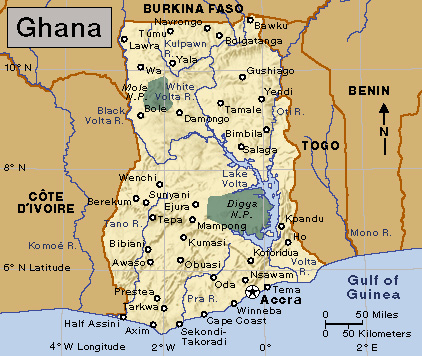
Portuguese explorers landed in what is now Ghana in 1471. They found so much gold there that they called it the Gold Coast. Later, European merchants came to compete for profits in the gold and slave trades. In the late 1800’s, the Gold Coast became a British colony.
The Gold Coast gained its independence in 1957. It took the name Ghana, the name of an ancient African kingdom. Ghana was the first member of the Commonwealth of Nations to be governed by black Africans. Its official name is the Republic of Ghana. Accra is the capital and largest city.
Government.
A president heads the government. The people elect the president to a four-year term. The president appoints a cabinet to help carry out the functions of the government. A parliament makes the country’s laws. Its members are elected by the people to four-year terms. Ghana is divided into 16 regions for purposes of local government.
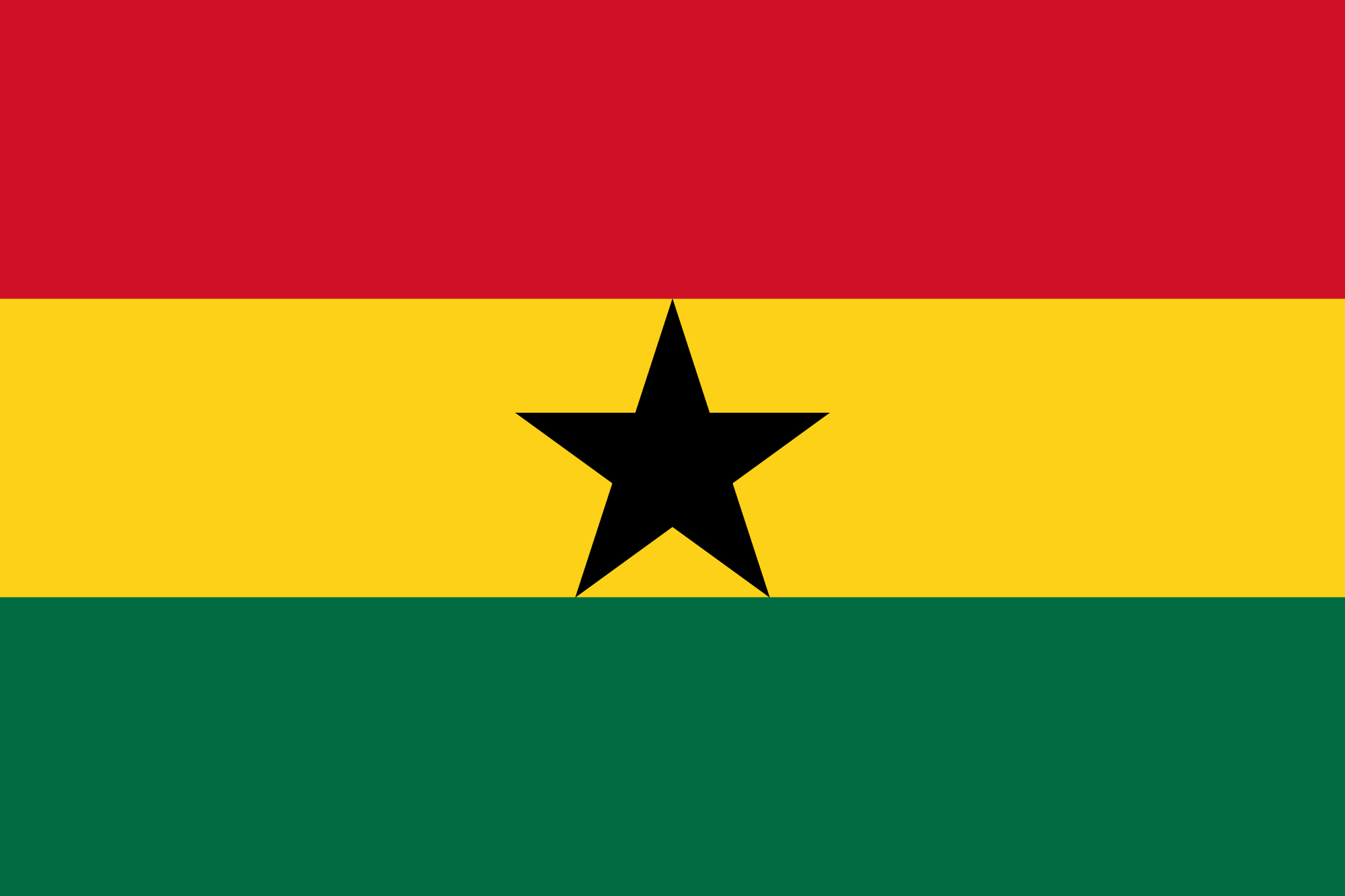
People.
Ghana’s people belong to about 100 different ethnic groups. The Ashanti and the Fante, two closely related ethnic groups, make up much of the population. They belong to a larger group of African peoples called the Akan. Other important ethnic groups in Ghana include the Ewe, the Ga, and the Moshi (Mossi)-Dagomba. Many Ghanaians speak African languages. But a large number also speak English, the official language.
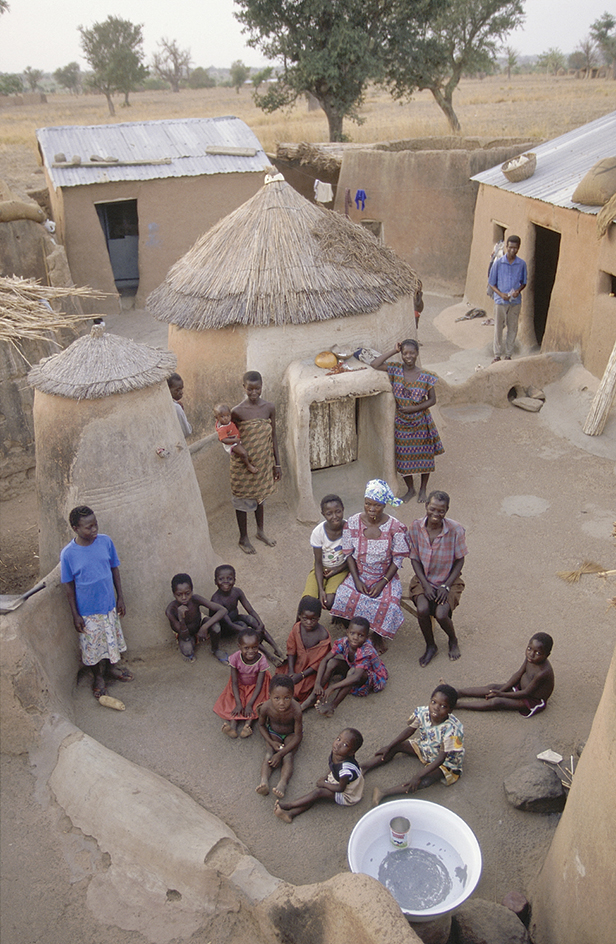
About half of Ghana’s people live in rural areas. Most rural Ghanaians are farmers. In the forest regions, many men raise cacao on small farms. Many women raise food for their families on small plots of ground. Most of the people who live in Ghana’s cities and towns hold jobs in the government or operate small businesses.
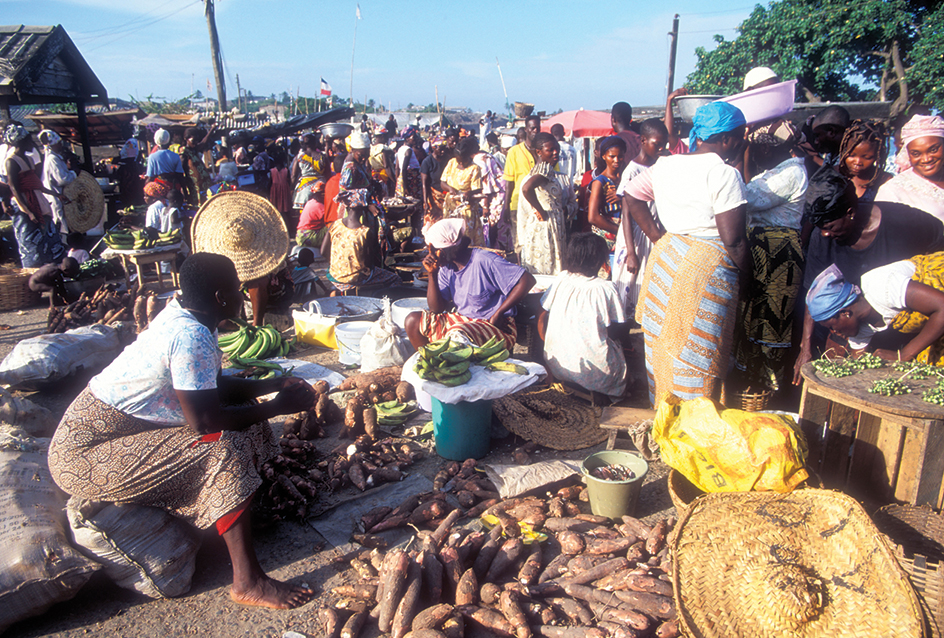
Ghana’s cities have many modern buildings. But some people in the cities live in houses that have mud walls and tin roofs. In central and southern Ghana, many of the people live in rectangular houses with mud or concrete walls, thatched or tin roofs, and often courtyards. Many of the people in northern Ghana live in round houses with mud walls and cone-shaped, thatched roofs.
The national dress in Ghana is made from brightly colored cloth. Men wrap the cloth around them. Women make blouses and narrow skirts from it. Many of the people also wear clothing similar to that worn in Europe and North America.
Most Ghanaians are Christians. Many others are Muslim or practice traditional African religions.
Primary, secondary, and technical education is free in Ghana. Most children attend school until they are about 12 years old. Ghana has a number of universities and other institutions of higher education. About three-fourths of the nation’s adults can read and write.
Land.
Ghana rises from a heavily populated plain along the Gulf of Guinea to the Kwahu Plateau. The plateau runs from the northwest to the southeast across central Ghana. It forms a divide between the White Volta and the Black Volta rivers in the north and east, and the Ankobra, the Pra, and the Tano rivers in the south and west. A thick forest covers southwestern Ghana. North of the plateau, the land gradually becomes a savanna (grassy, thinly wooded plain), and then grasslands. Lake Volta, one of the world’s largest artificially created lakes, is located in east-central Ghana.
Ghana has a tropical climate. Accra, in the south, has an average temperature of 80 °F (27 °C). Northern Ghana has higher temperatures. Most of Ghana receives 40 to 60 inches (100 to 150 centimeters) of rain a year, with the heaviest rains in the southwest. Axim, a town on the Gulf of Guinea, receives over 80 inches (200 centimeters) of rain a year. Northern and eastern Ghana have severe dry spells from November to March.
Economy.
Ghana’s economy is largely dependent on its natural resources. Cacao is an important crop and one of the country’s chief exports. Other important cash crops include cashews, coconuts, cotton, pineapples, and tomatoes. Farmers grow cassava, corn, plantains, and yams for local consumption. Cattle, chickens, goats, and sheep are primarily raised for meat.
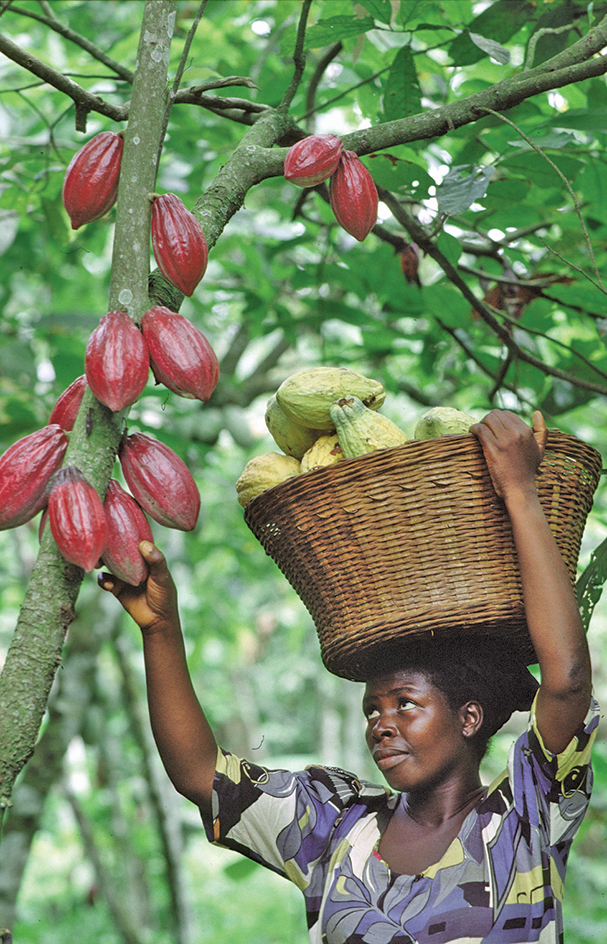
Forests in southwestern Ghana supply timber and timber products. Gold and petroleum are among the country’s leading exports. The country also mines and exports diamonds and manganese. Fish are caught along the coast and in Lake Volta.
Most of Ghana’s factories are small plants. Manufactured products include cement, clothing, food products, and textiles. Tema has a large aluminum smelter. Hydroelectric power plants at the southern end of Lake Volta produce electric power for much of Ghana and the nearby countries of Togo and Benin.
History.
People from African kingdoms to the northwest probably settled in what is now Ghana in the 1200’s. Portuguese explorers landed on the coast in 1471 and named the area the Gold Coast. Later, the Dutch came to compete with the Portuguese for gold. By 1642, the Dutch had seized all the Portuguese forts, and ended Portuguese control in the Gold Coast.
A large slave trade developed in the 1600’s, and the Danes and English competed with the Dutch for profits. Thousands of Africans were held in such slave forts as Cape Coast Castle and Elmina Castle before being shipped across the Atlantic. The slave trade ended during the 1860’s, and by 1872, the British had gained control of the Dutch and Danish forts.
In 1874, the United Kingdom made the lands from the coast to the inland Ashanti empire a British colony. By 1901, the United Kingdom had made the Ashanti lands a colony and had started a protectorate over what is now northern Ghana.
The cacao industry prospered in the Gold Coast during the early 1900’s. The British extended roads and railways, built hospitals, and developed the schools.
In the late 1940’s and in the 1950’s, the British gradually gave the Africans more power. In 1946, a majority in parliament were Africans elected to represent the people. But the British governor and Cabinet kept most of the power. In 1951, Kwame Nkrumah was asked to form a Cabinet, and in 1952, he became prime minister. By 1954, the people ran their own government, except in the areas of external affairs, defense, and the police.
The Gold Coast finally achieved its independence in 1957. British Togoland became part of the new nation, which was named Ghana (see Togo (History)).
In 1960, the people of Ghana voted to become a republic and elected Nkrumah president. He made his Convention People’s Party (CPP) the only legal political party and increased his personal power through the mid-1960’s. But government debt and corruption combined with the falling price of cacao to greatly weaken the economy. In 1966, a military council seized the government and ousted Nkrumah.
In 1969, Brigadier Akwasi Amankwa Afrifa became head of the military council. Also in 1969, Ghana adopted a new constitution and returned to civilian rule. Kofi Busia, leader of the Progressive Party, became prime minister. Busia served until 1972, when military leaders took control of the government. Colonel I. K. Acheampong became head of the new military government. In 1978, he was forced to resign by other military leaders. General Frederick William Kwasi Akuffo replaced him. In June 1979, still other military leaders overthrew Akuffo. Lieutenant Jerry Rawlings, who led the revolt against Akuffo, became head of the government. The new government executed Afrifa, Acheampong, and Akuffo. In September 1979, a civilian government was elected. In 1981, Rawlings led another revolt and regained control of the government.
During the 1970’s and early 1980’s, Ghana suffered severe economic problems. Many people left Ghana to work in Nigeria. But Nigeria also experienced economic difficulties. In 1983, Nigeria forced about 1 million people to return to Ghana. The return of the people created shortages of food, housing, water, and jobs in Ghana.
In 1992, Ghana’s voters approved a constitution designed to make Ghana a multiparty democracy. Political parties, banned since 1981, were again allowed. Elections for a president and legislature were held in late 1992. Rawlings was elected president and his party, the National Democratic Congress (NDC), won a vast majority of the seats in parliament. Rawlings was reelected president in 1996.
In 2000, John A. Kufuor of the opposition New Patriotic Party (NPP) was elected as president. Ghana’s Constitution prohibited Rawlings from seeking another term. Kufuor was reelected as president in 2004. John Atta Mills of the NDC succeeded Kufuor in 2009. In 2012, Mills died and Vice President John Mahama was elected to replace him. Nana Akufo-Addo, a human-rights lawyer and member of the NPP, was elected as president in 2016 and took office in 2017. Akufo-Addo was reelected in 2020.
